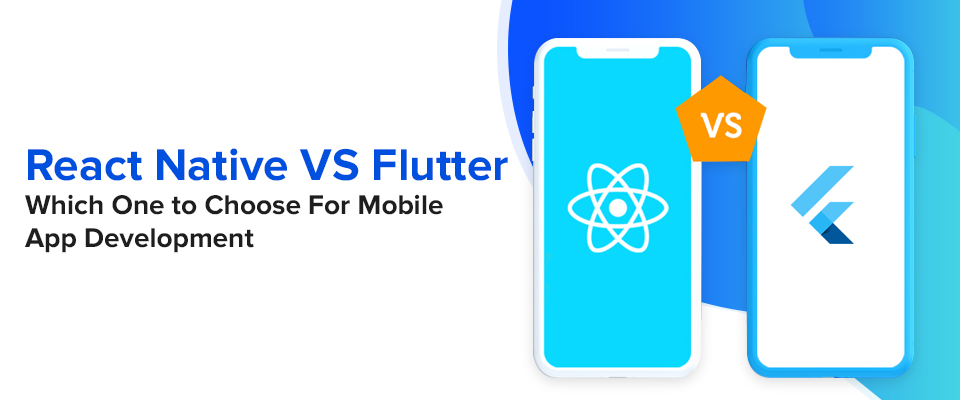

- #Flutter vs react native 2018 for android#
- #Flutter vs react native 2018 software#
- #Flutter vs react native 2018 code#

This saves developer time and effort without affecting the final product's performance. However, let's look at the advantages of Flutter over other technologies and learn the reasons why the technology has already become well-loved by many businesses and the open-source community.įirst, Flutter has the same user interface and business logic across all platforms, thanks to the Flutter SDK defining its own UI toolkit.

Cross-platform development itself lowers expenses and accelerates development compared to native development. When we talk about business advantages, we primarily mean features that help organizations save money and develop products quickly. Flutter: Business Advantages and Disadvantages What makes these tools popular? What advantages and disadvantages do they have? Let's figure it out. Nevertheless, despite the slight difference in popularity, these technologies continue to be the primary tools for cross-platform development. Another proof of that is the GitHub Ranking system, according to which Flutter has 147003 stars, while React Native has 106349 stars. According to the Stack Overflow report on cross-platform mobile framework usage and its dynamics in the last three years, Flutter and React Native continue to occupy leading positions with roughly the same number of users.Īccording to data from Google Trends, Flutter and React Native are taking a strong leadership position, but over the past few years, interest in Flutter slowly increased compared to React Native. This is supported by a variety of statistical data. However, the most popular are Flutter and React Native. The cross-platform development technology market provides tools such as Ionic, Cordova, Flutter, React Native, Xamarine, and NativeScript. Additionally, Flutter is a cost-effective option, which is why it is gaining popularity among developers on a limited budget. This makes the development process faster and more efficient. In contrast, Flutter simplifies the development process by allowing a single team to work on both platforms. These teams have to adapt the business logic, duplicate interface logic, and adjust the layout to fit the features of each platform. However, developing and supporting native apps requires significant investment as it involves separate development teams for each platform. Native apps offer sophisticated features like an accelerometer, camera, and GPS, and can be installed through app stores like Google Play and the App Store.
#Flutter vs react native 2018 for android#
Native apps are coded in languages supported by the respective OS vendors, such as Kotlin or Java for Android and Swift or Objective-C for iOS. Unlike cross-platform tools, native application development is specific to either Android or iOS. With Flutter, developers can write high-quality apps that have a native look and feel on both iOS and Android. Developed by Google in 2018, Flutter uses the Dart programming language and provides a convenient toolkit for creating animations and quality UI components. Unlike other frameworks, Flutter offers a user-friendly experience and high performance. įlutter is a cross-platform framework that allows developers to create apps that work on both iOS and Android devices.

#Flutter vs react native 2018 software#
Cross-platform development allows you to cover two operating systems, iOS and Android, with one code, significantly saving money and speeding up the development process.īased on extensive experience in the software development field and mobile development, in particular, the Emerline experts want to share their vision of the present and near future of cross-platform mobile development and compare the two most popular frameworks for cross-platform development 一 Flutter and React Native. Although they are still here today, cross-platform mobile development is making ground.
#Flutter vs react native 2018 code#
Previously, native development languages were used to create mobile applications, and the code was written separately for each platform, making businesses hire two teams to develop the product. The iOS App Store is the second-largest app store, with more than 1.6 million iOS apps available.ĭespite the gap between them, businesses are increasingly focusing on developing an application for both platforms. Google Play remains the app store with the biggest number of available apps, allowing Android users to choose between 3.55 million applications. Still, the most popular mobile app platforms are Android and iOS, with over five million apps available across them. The global mobile application market is also growing and is projected to reach $430.90 billion in 2022. According to Statista, the number of smartphone subscriptions globally now exceeds six billion and is expected to increase by several hundred million in the next few years.


 0 kommentar(er)
0 kommentar(er)
